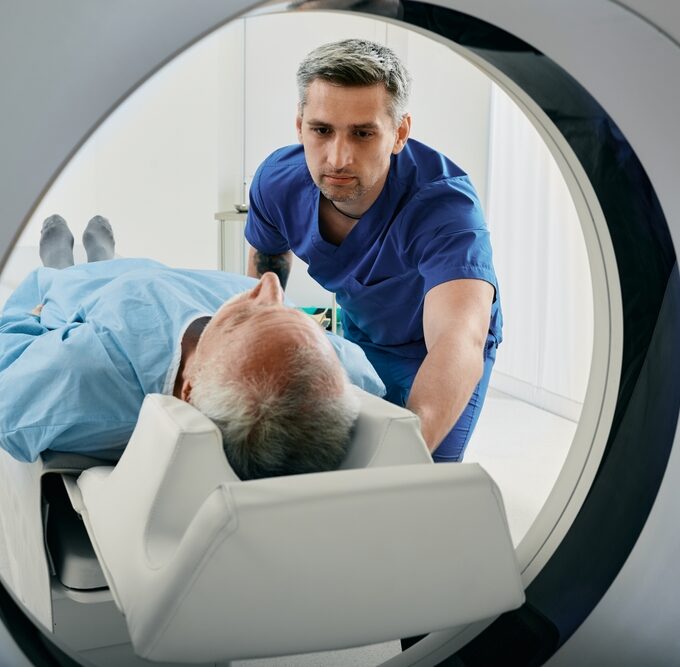Before the invention of imaging technology, doctors had no way to see what was going on underneath their patients’ skin without making an incision. Today, we have a variety of diagnostic imaging tools that allow us to see views of the body that are invisible to the naked eye, long before there’s any need to use anesthesia or pick up a scalpel.
Computed tomography scans (CT) are one of the most common types of diagnostic imaging tests. At the Orthopaedic Institute of Ohio, we use CT scans to visualize the internal structures of the body, including the bones, muscles, blood vessels, tendons, ligaments and cartilage. The resulting images help guide our treatment plans and procedures and give us critical information about how well a treatment is working.


